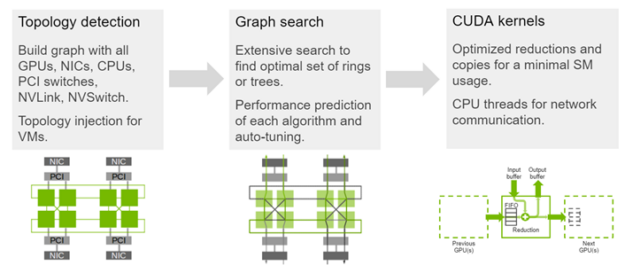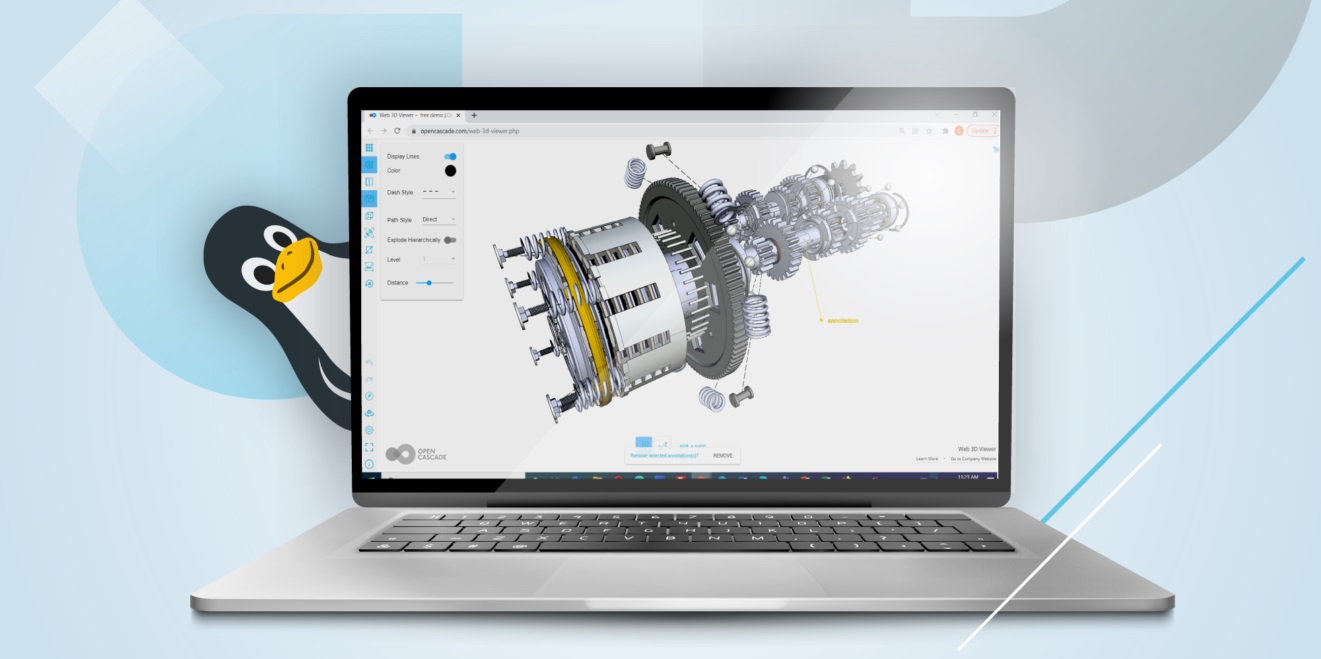
As artificial intelligence (AI) models grow in complexity and size, the demand for distributed training frameworks continues to surge. Distributed training involves splitting a large machine learning model across multiple GPUs, often located across different nodes, to speed up computation. To make this process efficient, high-speed networking technologies play a critical role—specifically, InfiniBand and NVLink.
These technologies enable rapid communication between GPUs and computing nodes, drastically reducing bottlenecks and enabling scalable training of massive AI models. Here is how they make distributed training not only possible but also faster and more efficient.
Why Networking Matters in Distributed Training
In a distributed training setup, tasks such as model parameter updates, gradient sharing, and synchronization occur constantly between GPUs. If the interconnects between these GPUs are slow or limited, it leads to latency, reduced performance, and slower convergence.
High-speed networking ensures:
- Fast data transfer rates between GPUs or nodes.
- Low latency, allowing quicker model synchronization.
- Scalability, so more GPUs can be added without degradation in performance.
InfiniBand: Low Latency, High Throughput
InfiniBand is a high-performance communication standard commonly used in supercomputing and enterprise AI training environments. It is designed to offer ultra-low latency and high bandwidth, both essential for training large-scale models across multiple nodes.
1. Key Features of InfiniBand:
Key features of InfiniBand are described below.
· RDMA (Remote Direct Memory Access):
Enables direct memory access between systems without involving the CPU, significantly reducing latency.
· High Bandwidth:
Supports up to 400 Gbps, ideal for data-intensive training tasks.
· Efficient Collective Communication:
Optimised for multi-node training with native support for collective operations like all-reduce and broadcast.
2. Use Case:
Training large natural language processing (NLP) models that span dozens of GPUs across several servers.
NVLink: GPU-to-GPU Communication at Its Best
While InfiniBand excels at node-to-node communication, NVLink is designed for high-speed GPU-to-GPU communication within a server. Developed by NVIDIA, NVLink provides significantly higher bandwidth than traditional PCIe connections.
1. Key Features of NVLink:
· High Bandwidth Interconnects:
Offers speeds up to 900 GB/s (total bi-directional bandwidth across all links).
· GPU Memory Sharing:
Allows GPUs to access each other’s memory, essentially expanding the available memory pool.
· Seamless Scaling:
Multiple GPUs can be connected in a mesh topology, reducing communication hops and latency.
2. Use Case:
Accelerating model training on a single node with multiple GPUs, such as in image recognition or generative AI.
Synergy Between InfiniBand and NVLink
In advanced AI infrastructures, InfiniBand and NVLink often work together to form a hybrid networking environment. While NVLink handles intra-node GPU communication, InfiniBand takes care of inter-node data transfer. This combination ensures efficient model training at scale, whether within a single server or across multiple racks in a data centre.
Conclusion
Distributed AI training is no longer a luxury—it is a necessity. As models become larger and more resource-intensive, the underlying network infrastructure must evolve. InfiniBand and NVLink represent two pillars of high-speed connectivity, empowering AI researchers and developers to train sophisticated models faster and more reliably. Leveraging these technologies is key to staying ahead in the AI development landscape.



